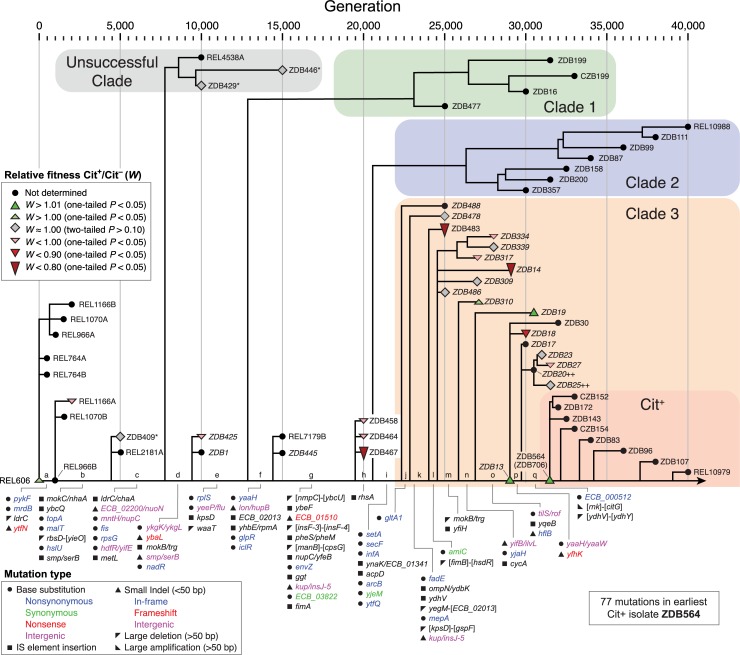Fig 3. Potential for evolving Cit+ mapped onto phylogeny.
Phylogeny of isolates from the LTEE population including 20 new clones sequenced for this study to provide better resolution of the timing of mutations on the lineage leading to Cit+ (names in italics). In order to identify changes in the degree of potentiation due to mutations, we mapped the results of the Prnk-citT knock-in assay onto this phylogenetic tree. Colored symbols reflect the Cit+ to Cit− relative fitness measured for those strains. The ancestor and 61 evolved isolates were used to construct this phylogenetic tree (S1 Table). Two clones isolated at 50,000 generations are not shown. Two strains that evolved citrate utilization in replay experiments under the LTEE conditions in a previous study [7] are marked with plus signs (++), and three strains that had evolved alleles added or removed during strain construction as described in S2 Table are starred (*).

